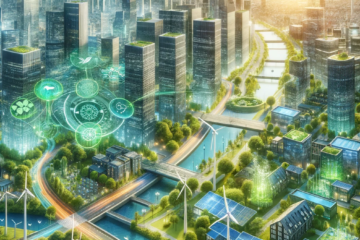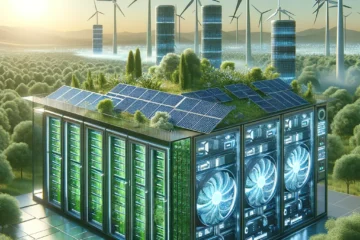The fashion industry stands at a pivotal juncture, with sustainability becoming not just a trend but a necessity. The convergence of green technology, sustainability, technological advancements, and clean technology is crafting a new narrative for fashion — one that prioritizes the planet as much as style. This article delves into how technological innovation is reshaping the apparel industry, making sustainable fashion an accessible and attractive choice for the eco-conscious consumer.
Green Technology: Pioneering Sustainable Fabric Production
The foundation of eco-friendly apparel lies in the materials used. Green technology has introduced revolutionary methods for producing fabrics that are not only sustainable but also durable and stylish. Techniques such as 3D printing of textiles, the use of biodegradable materials, and the development of fabrics from recycled plastics are leading the way. These advancements offer a dual benefit: reducing waste and diminishing the fashion industry’s carbon footprint.
For instance, the use of recycled plastics in creating polyester fibers showcases how waste can be transformed into wearable fashion. This not only addresses the issue of plastic pollution but also significantly reduces the need for petroleum-based raw materials. The result is a circular economy model where materials are reused, reducing overall environmental impact.
Sustainability: The Ethical Dimension of Fashion
Sustainability in fashion encompasses more than just the environmental aspect; it includes social and ethical dimensions as well. Technological advancements have enabled brands to improve transparency and traceability across their supply chains. Blockchain technology, for example, allows for the tracking of materials from source to store, ensuring ethical sourcing and fair labor practices.
Moreover, sustainability advocates for a shift in consumer behavior towards purchasing fewer but higher quality items. Technologies such as virtual fitting rooms and augmented reality (AR) apps help consumers make more informed choices, reducing the rate of returns and, consequently, waste.
Technological Advancements: Driving Efficiency and Innovation
The fashion industry is witnessing a surge in innovations aimed at improving sustainability. From waterless dyeing processes to AI-driven designs that minimize fabric waste, technology is at the forefront of this transformation. These advancements not only make sustainable practices more viable for manufacturers but also lower the cost of eco-friendly apparel, making it more accessible to the average consumer.
Additionally, the development of smart garments — clothing embedded with technology that can track health data or adjust to environmental conditions — represents a fusion of fashion, function, and sustainability. Such innovations not only extend the life of garments but also enhance their utility, aligning with the principles of a sustainable lifestyle.
Clean Technology: Ensuring a Greener Future
The role of clean technology in sustainable fashion is critical, focusing on reducing environmental damage and promoting the use of renewable energy sources. This includes everything from solar-powered manufacturing plants to the use of non-toxic, eco-friendly dyes. By integrating clean technologies into production processes, the fashion industry can significantly lower its environmental impact.
For example, the adoption of solar energy in textile production not only reduces greenhouse gas emissions but also cuts down operational costs, demonstrating that sustainability can be economically viable as well as environmentally beneficial.
Conclusion
The intersection of green technology, sustainability, technological advancements, and clean technology is forging a new path for the fashion industry. Sustainable fashion is no longer a niche market but a comprehensive movement towards a more responsible and conscious approach to apparel production and consumption. As technology continues to evolve, it holds the promise of making eco-friendly apparel not just an option but the norm. This transformation not only benefits the environment but also empowers consumers to make choices that reflect their values and aspirations for a sustainable future.




